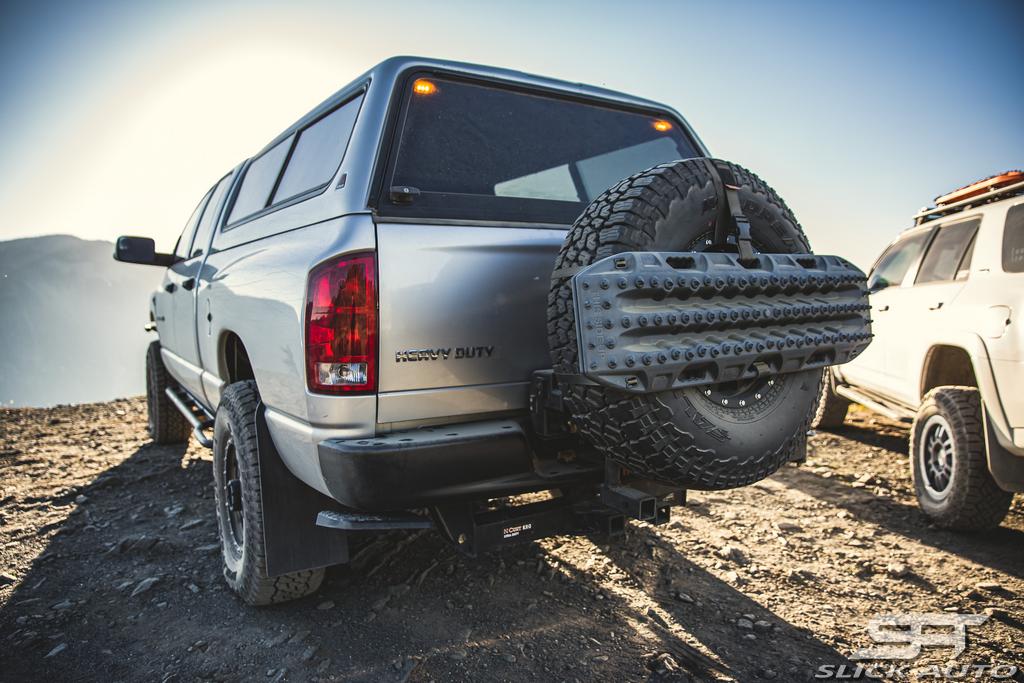
16 “Must Haves” Before You Hit The Trail
If you are planning to get out and drive on the dirt/snow/mud, especially in more remote areas where cell reception is poor and the terrain is not tow truck friendly, then carrying the right gear and equipment is of utmost importance. Perhaps you’ve been out on the trail a few or more times already, and you’ve never had to carry some of your own equipment because someone else in the group was already carrying shareable equipment. Perhaps you’ve been very lucky, and you’ve never been stuck in any dire situation requiring use of various items. The fact is, running on luck or remaining totally dependent on others, is eventually going to get you into trouble.
Before your luck runs out, let’s go over a list of “16 Must-Have Things,” listed in no particular order.
1. Matching-sized spare tire
No matter what tire type you happen to be running (ig All Terrain, Mud Terrain, All Season, etc.), you absolutely should carry a spare wheel that fits your vehicle, with mounted tire that is the same diameter as the other 4 tires on your vehicle.
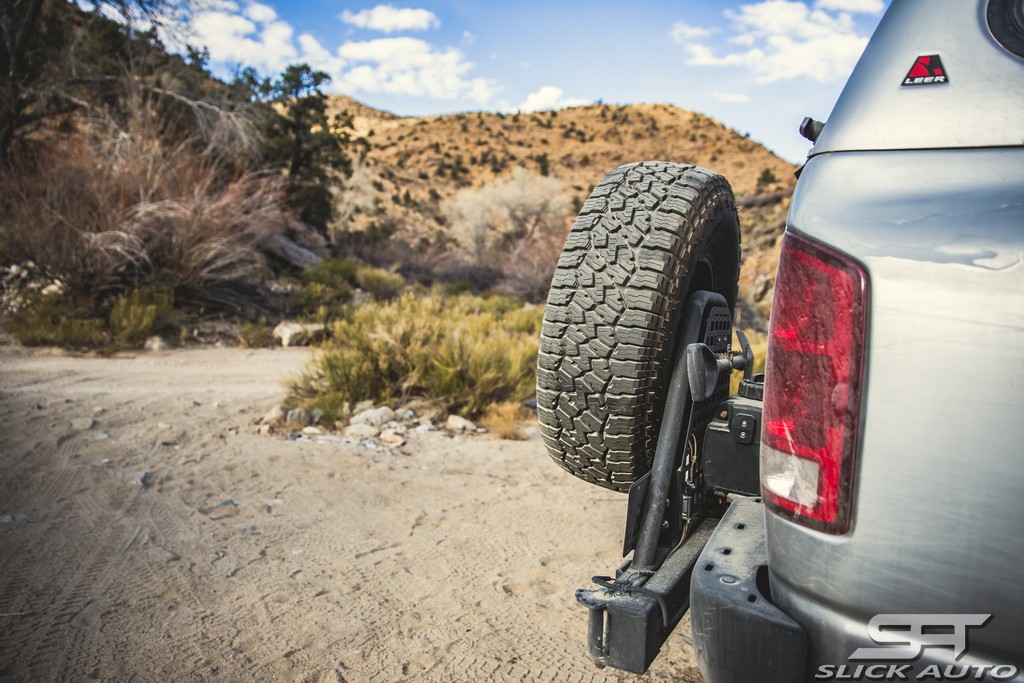
2. Tire plug/patch kit
Punctures, cuts, and gashes…are a matter of “when” rather than “if” they will occur. Be ready for this. Pick up a combo kit that includes the super-gooey orange plugs, with reamer and insertion tools that have larger T handles for grip and leverage. We’ve used this one with great results.

The tire on William’s Tundra had a sidewall puncture while we were out at Johnson Valley. After we removed the wheel/tire and plugged the puncture using three (3) orange plugs, William was able to make it all the way back home safely.
3. Dust light(s)
Sometimes called “chase lights,” this rear-facing light is essential item that helps you to see others, and for others to see you, while traveling down any dirt path.
We recommend a minimum of one (1) rear-facing dust light, preferably in yellow or amber color.
Whether it is during the day or during the night, dust lights help you to:
- Determine the distance of the other vehicle.
- Determine the direction of travel of the other vehicle.
- Determine the relative speed of the other vehicle.
- Allow others to determine distance, direction of travel, and relative speed of your vehicle.
Don’t discount the importance of dust lights by saying “I only drive slowly” or “We make sure to keep apart when following each other.” Driving at safe speeds, being in control of your vehicle, and keeping safe following distances are all good things. But, you share the trails with not only those in your own group, but also with other folks not in your group. Others may not see you. Others may kick up dust around you as they pass by. When someone in your group suddenly comes to a stop to avoid something in the path, it can kick up a cloud of dust that results in zero visibility. There are way too many factors involved and dynamic situations that you may need to adapt to quickly. Having dust lights is good and helps to improve safety for you and everyone around you. Having no dust lights is a recipe for disaster.
4. Off road jack
A proper off road jack should have large non-swiveling wheels with sealed bearings, skid plate for the sand, and be rated for the weight of your vehicle. These folks make some awesome off road jacks.
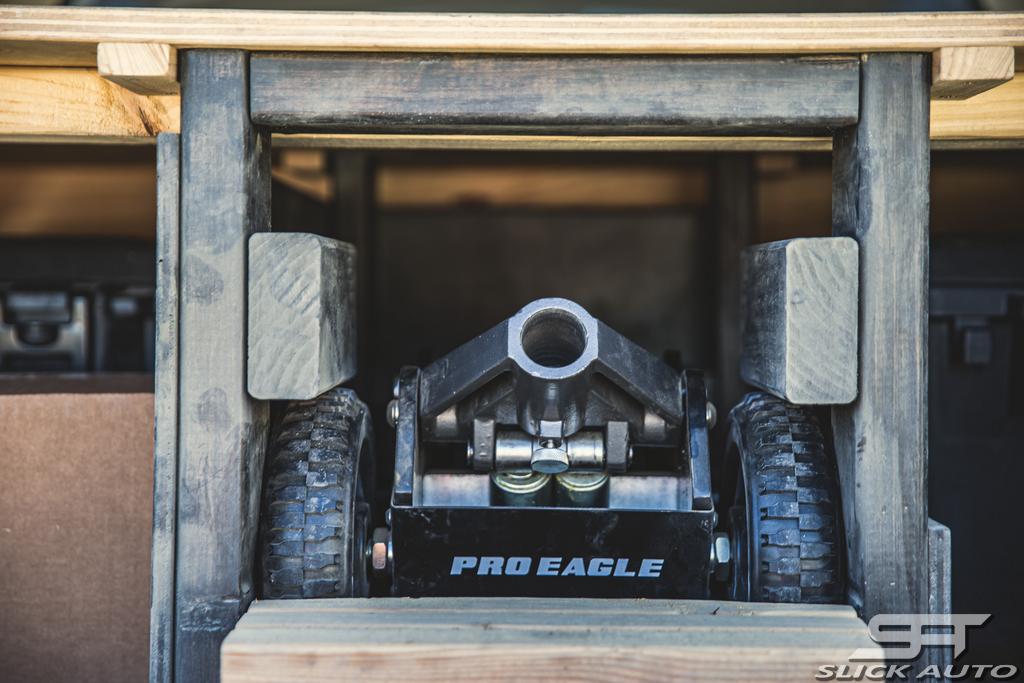
Jack-in-the-box: Pro Eagle 3 Ton Off Road Jack, secured inside a custom-built wooden box.
5. Air compressor
Get a reliable air compressor with battery terminal clamps, or an air compressor that is “hardwired” in to the battery, so you can air your tires back up for any reason.
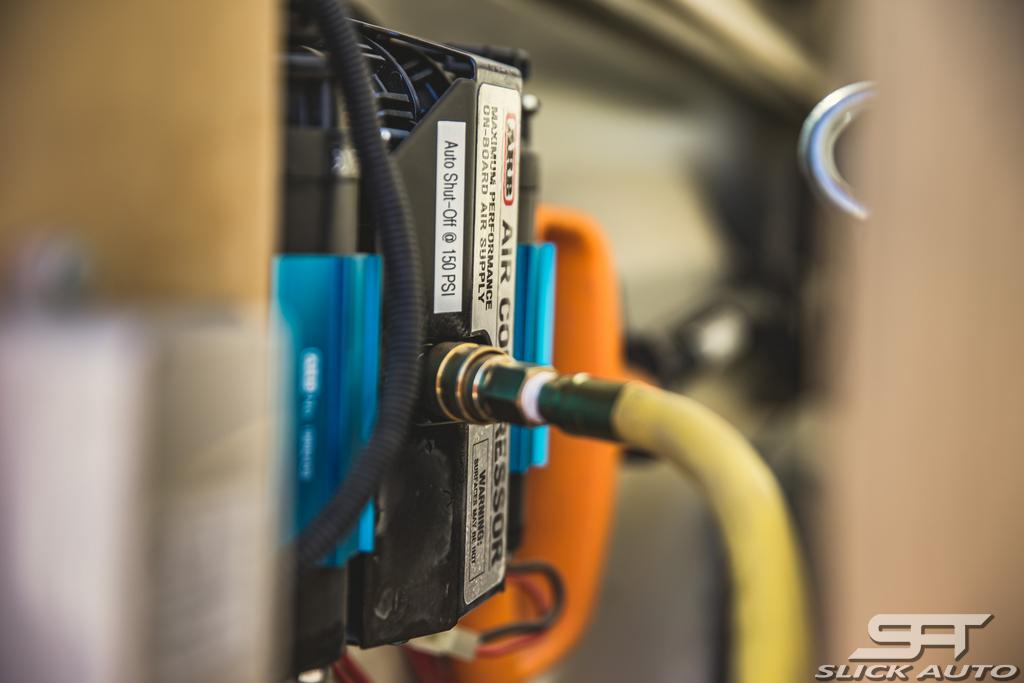
ARB Twin Compressor, mounted to the bed in the Dodge Ram.
6. Kinetic recovery rope with D-ring and soft shackles
There are countless situations where a recovery rope can be used. Make sure the Working Load Limit (WLL) and Minimum Breaking Strength/Load (MBS/L) are rated to handle at least your own vehicle’s weight.
7. Recovery/traction boards
Recovery boards can come in handy in situations that don’t require a recovery rope or a winch. Many choices are available, ranging from lower cost to higher cost options.

8. Flashlight
Keep a larger flashlight in the vehicle, and keep a smaller flashlight in your pocket.
9. Water and food
Bring enough water and snacks to not only cover your needs for your anticipated trip duration, but also to cover yourself in case the trip duration is extended for whatever reason.
10. Fire extinguisher
Carry a Water, Halon, Halotron, Purple-K, and/or other proprietary type fire extinguisher such as this.
11. Extra clothes/blankets
In case you are stranded out in the middle of nowhere, you may need some extra layers of clothes to keep yourself warm through the night.
12. Shovel
Shovels are good for “emergencies” and for general recovery use. Stick with well-reviewed USA-made shovels.
13. Tools
Socket sets, wrenches, screwdrivers, hammers, pliers, cutters, impact gun, drill driver, lugnut wrench, breaker bar, torque wrench, etc.
14. Spare parts, spare fuses, etc.
Keep sets of spares for anything that you know can possibly fail and can easily be replaced. We added special mention of fuses only because it is so easy to carry spare fuses, and they are a common failure item.
15. First aid kit
A basic first aid kit will have bandages, gauze, tape, disinfectant, etc. Add trauma-related items, such as hemostatic granules/gauze, tourniquets, etc. to expand your overall kit’s capabilities. Also, if you have not already done so, get training on first aid, CPR, and use of trauma-related items.
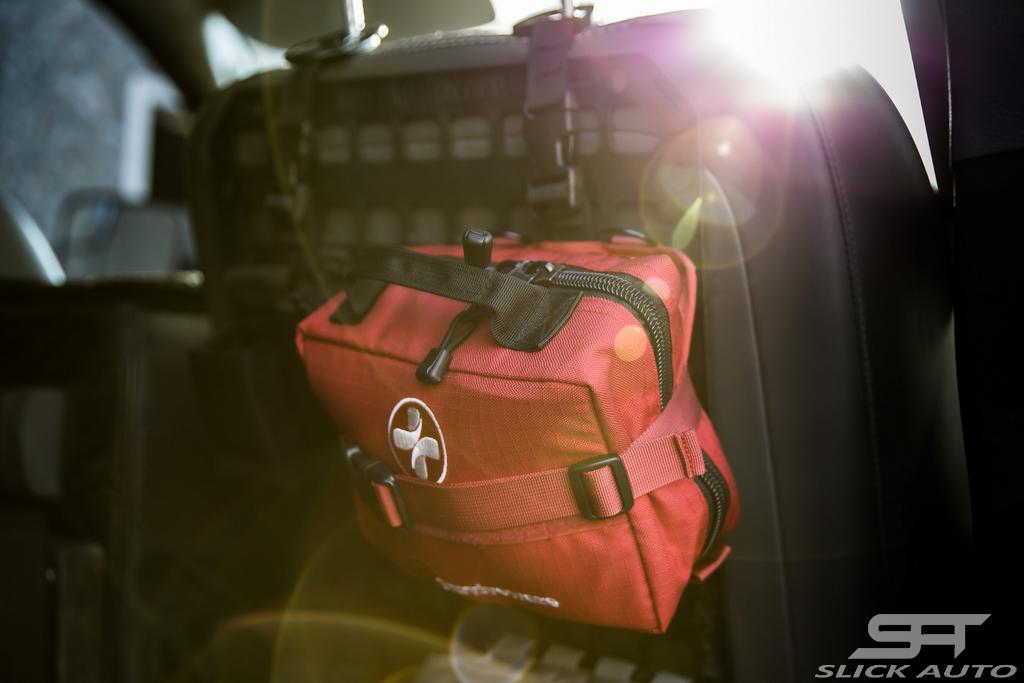
16. Comms
VHV/UHF handheld radio is pretty standard these days. This is not only needed for basic communication with others in your group, but also useful as a safety item to communicate with others outside your group when the situation calls for such use.
This list is by no means a comprehensive list. But, if you are missing items from this list, then now is the time to get caught up on said items. Don’t procrastinate.
